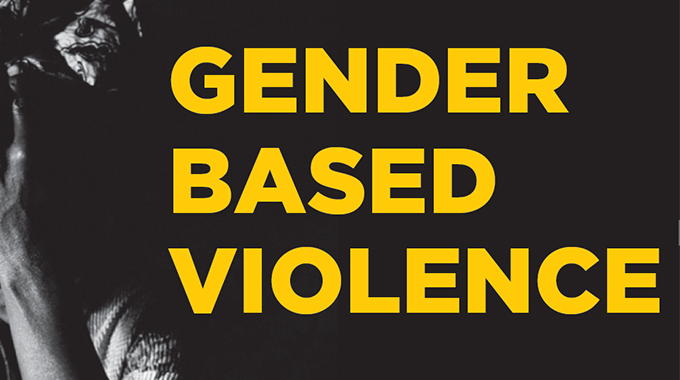Gender based violence on campus

Collen Takaza University of Zimbabwe
Despite being downplayed, gender-based violence against both sexes is a reality at universities across Zimbabwe.
Gender-based violence is an umbrella term for any injurious act that results in, or is likely to result in, physical, sexual, or psychological harm or suffering to a woman, man, girl or boy on the basis of their gender. In undemanding terms, it is aggression directed against a person because of their gender.
Gender-based violence is a phenomenon deeply rooted in gender inequality and abuse of power and continues to be one of the most notable human rights violations within all societies.
Gender-based violence includes but is not restricted to sexual violence, domestic violence, trafficking, forced or early marriage forced prostitution and sexual exploitation and abuse.
It is of paramount importance to note that both women and men experience gender-based violence but the majority of victims are women and girls. Albeit everyone has a fundamental right to live free of violence, cruelty against women and girls is a health epidemic and a leading cause of injury and disability for women across the globe.
Examples of violence against women and girls include sexual threats, intimate-partner violence, female genital mutilation, forced marriage, involuntary prostitution, assaults, molestation, psychological violence and human trafficking.
These acts can occur in public or in private life.
Research has shown that 35 percent of all women experience violence in their lifetime, yet very few seek help and even if they do there are often few mechanisms available to support them.
The rights of women to live without abuse is upheld in the 1979 Convention on the Elimination of Violence Against Women (Cedaw), the 1993 Declaration on the Elimination of Violence Against Women and more recently, Sustainable Development Goal 5.2, which aims to eradicate all forms of violence against women and girls by 2030.
Gender-based violence is essentially socially sanctioned and by its nature, deep-rooted and pervasive in the lives of girls and women. It is a form of violence to which girls and women are subjected primarily because of their female gender identity.
As females, they face systematic prejudice from an entrenched and rationalised system of gender-based power relations which then perpetuate an almost universal pattern of subordination that leave girls and women highly vulnerable to acts of physical, sexual or psychological harm from male members of their families and communities, including husbands, lovers, brothers, lecturers and even employers.
At institutions of higher and tertiary education, gender-based violence is prevalent, and much more needs to be done to curb it. Learners who have experienced gender-based violence have been harassed sexually, beaten physically, or have been emotionally abused. Though mostly female students are affected, male students are not always spared though the numbers are not worrying. This thus speaks to who wields much power over the other between men and women.
Girls at universities have experienced various forms of gender-based violence as testified by several interviewees. These include passing on of sexual comments when a female student is passing–by — it can be a comment about her legs. The comment can be sexually suggestive or meant to discredit someone. Such comments as “she is ugly”, “she has weird legs” are common.
The major causes of gender-based violence on campus are cheating and general misunderstandings between two people in a relationship.
One interviewee hinted that at one time a group of girls teamed up against a young man who had cheated on their friend and beat him up in public. He, however, was not bold enough to go and report the matter.
Other forms of sexual violence noted by some interviewees include buttock patting or unwanted caressing even in class, though this goes unreported. There is also revenge porn–leaked nude pictures. A female student from a local university noted that there are a lot of cases that she could not pre-empt.
This is evident in the existence of gender-based violence at universities.
A male Engineering student with a local university intimated that “besides sexual harassment by both male students and lecturers against female students, there is harassment as a result of the choice of one’s dressing, and being looked down upon in departments such as engineering if you are a lady”.
Covid-19 restrictions have resulted in the ban of males and females mingling in residences at the campus. This has helped to curb some forms of abuse based on gender.
This, however, does not apply to those who stay off campus who go through various forms of abuse.
Some female students face gender-based violence from male student lovers when caught or suspected to be in love with “blessers”.
Female students have actually been beaten up in public and even in private and some fail to report such cases. Some are verbally abused before the relationship is ended.
Another student was forced to leave the campus residence, by the authorities after beating up his girlfriend causing her serious physical injury that resulted in her seeking medical attention.
The sad thing is that this happened in the presence of many other students who chose not to intervene and help her.






Comments